| Size/Weight |
| Dimensions |
Width |
1,430 mm [56-5/16″] |
1,461 mm [57-1/2″] Polished finish: 1,467 mm [57-3/4″] |
1,450 mm [57-1/16″] Polished finish: 1,455 mm [57-5/16″] |
1,450 mm [57-1/16″] Polished finish: 1,455 mm [57-5/16″] |
1,430 mm [56-5/16″] |
1,450 mm [57-1/16″] Polished finish: 1,455 mm [57-5/16″] |
1,350 mm [53-1/8″] Polished finish: 1,353 mm [53-1/4″] |
| Height |
932 mm [36-11/16″] (with music rest raised: 1,094 mm [43-1/16″]) |
1,027 mm [40-7/16″] Polished finish: 1,029 mm [40-1/2″] |
967 mm [38-1/16″] (with music rest raised: 1,130 mm [44-1/2″]) Polished finish: 970 mm [38-3/16″] (with music rest raised: 1,131 mm [44-1/2″]) |
927 mm [36-1/2″] (with music rest raised: 1,091 mm [42-15/16″]) Polished finish: 930 mm [36-5/8″] (with music rest raised: 1,092 mm [43-0″]) |
932 mm [36-11/16″] (with music rest raised: 1,094 mm [43-1/16″]) |
927 mm [36-1/2″] (with music rest raised: 1,083 mm [42-5/8″]) Polished finish: 930 mm [36-5/8″] (with music rest raised: 1,084 mm [42-11/16″]) |
849 mm [33-7/16″] (with music rest raised: 1,003 mm [39-1/2″]) Polished finish: 851 mm [33-1/2″] (with music rest raised: 1,005 mm [39-9/16″]) |
| Depth |
1,237 mm [48-11/16″] |
494 mm [19-7/16″] Polished finish: 494 mm [19-7/16″] |
465 mm [18-5/16″] Polished finish: 465 mm [18-5/16″] |
460 mm [18-1/8″] Polished finish: 460 mm [18-1/8″] |
1,146 mm [45-1/8″] |
460 mm [18-1/8″] Polished finish: 460 mm [18-1/8″] |
411 mm [16-3/16″] Polished finish: 411 mm [16-3/16″] |
| Weight |
Weight |
135 kg [297 lb, 10 oz] |
87 kg [191 lb, 13 oz] Polished finish: 90 kg [198 lb, 7 oz] |
71 kg [156 lb, 8 oz] Polished finish: 74 kg [163 lb, 2 oz] |
60 kg [132 lb, 4 oz] Polished finish: 63 kg [138 lb, 14 oz] |
106 kg [233 lb, 11 oz] |
57 kg [125 lb, 11 oz] Polished finish: 60 kg [132 lb, 4 oz] |
45 kg [99 lb, 3 oz] Polished finish: 47 kg [103 lb, 10 oz] |
| Dimensions of Packing Box |
W x H x D |
– |
1,582 mm x 784 mm x 814 mm [62-5/16″ x 30-7/8″ x 32-1/16″] |
1,590 mm x 621 mm x 730 mm [62-5/8″ x 24-7/16″ x 28-3/4″] |
1,571 mm x 639 mm x 569 mm [61-7/8″ x 25-3/16″ x 22-3/8″] |
– |
1,571 mm x 639 mm x 569 mm [61-7/8″ x 25-3/16″ x 22-3/8″] |
– |
| Control Interface |
| Keyboard |
Number of Keys |
88 |
88 |
88 |
88 |
88 |
88 |
88 |
| Type |
GrandTouch™ keyboard: wooden keys (white only), synthetic ebony and ivory key tops, escapement |
GrandTouch™ keyboard: wooden keys (white only), synthetic ebony and ivory key tops, escapement |
GrandTouch™ keyboard: wooden keys (white only), synthetic ebony and ivory key tops, escapement |
GrandTouch-S™ keyboard: wooden keys (white only), synthetic ebony and ivory key tops, escapement |
GrandTouch-S™ keyboard: synthetic ebony and ivory key tops, escapement |
GrandTouch-S™ keyboard: synthetic ebony and ivory key tops, escapement |
GrandTouch-S™ keyboard: synthetic ebony and ivory key tops, escapement |
| Touch Sensitivity |
Hard2, Hard1, Medium, Soft1, Soft2, Fixed |
Hard2, Hard1, Medium, Soft1, Soft2, Fixed |
Hard2, Hard1, Medium, Soft1, Soft2, Fixed |
Hard2, Hard1, Medium, Soft1, Soft2, Fixed |
Hard2, Hard1, Medium, Soft1, Soft2, Fixed |
Hard2, Hard1, Medium, Soft1, Soft2, Fixed |
Hard, Medium, Soft, Fixed |
| 88-key Linear Graded Hammers |
Yes |
Yes |
Yes |
– |
– |
– |
– |
| Counterweight |
Yes |
Yes |
– |
– |
– |
– |
– |
| Pedal |
Number of Pedals |
3: Damper (with half-pedal function), Sostenuto, Soft |
3: Damper (with half-pedal function), Sostenuto, Soft |
3: Damper (with half-pedal function), Sostenuto, Soft |
3: Damper (with half-pedal function), Sostenuto, Soft |
3: Damper (with half-pedal function), Sostenuto, Soft |
3: Damper (with half-pedal function), Sostenuto, Soft |
3: Damper (with half-pedal function), Sostenuto, Soft |
| GrandTouch Pedals |
Yes (with GP Response Damper) |
Yes (with GP Response Damper) |
Yes (with GP Response Damper) |
Yes |
Yes |
Yes |
Yes |
| Assignable Functions |
Sustain (Switch), Sustain (Continuous), Sostenuto, Soft, Pitch Bend Up, Pitch Bend Down, Rotary Speed, Vibe Rotor, Song Play/Pause |
Sustain (Switch), Sustain (Continuous), Sostenuto, Soft, Pitch Bend Up, Pitch Bend Down, Rotary Speed, Vibe Rotor, Song Play/Pause |
Sustain (Switch), Sustain (Continuous), Sostenuto, Soft, Pitch Bend Up, Pitch Bend Down, Rotary Speed, Vibe Rotor, Song Play/Pause |
Sustain (Switch), Sustain (Continuous), Sostenuto, Soft, Pitch Bend Up, Pitch Bend Down, Rotary Speed, Vibe Rotor, Song Play/Pause |
Sustain (Switch), Sustain (Continuous), Sostenuto, Soft, Pitch Bend Up, Pitch Bend Down, Rotary Speed, Vibe Rotor, Song Play/Pause |
Sustain (Switch), Sustain (Continuous), Sostenuto, Soft, Pitch Bend Up, Pitch Bend Down, Rotary Speed, Vibe Rotor, Song Play/Pause |
– |
| Display |
Type |
Full Dots LCD |
Full Dots LCD |
Full Dots LCD |
Full Dots LCD |
Full Dots LCD |
Full Dots LCD |
– |
| Language |
English, Japanese |
English, Japanese |
English, Japanese |
English, Japanese |
English, Japanese |
English, Japanese |
– |
| Panel |
Type |
Touch sensors |
Touch sensors |
Touch sensors |
Buttons |
Buttons |
Buttons |
– |
| Language |
English |
English |
English |
English |
English |
English |
English |
| Cabinet |
| Key Cover Style |
Sliding |
Folding |
Sliding |
Sliding |
Sliding |
Sliding |
Sliding |
| Music Rest |
Yes |
Yes |
Yes |
Yes |
Yes |
Yes |
Yes |
| Music Braces |
Yes |
Yes |
Yes |
Yes |
Yes |
Yes |
Yes |
| Voices |
| Tone Generator |
Piano Sound |
Yamaha CFX, Bösendorfer Imperial |
Yamaha CFX, Bösendorfer Imperial |
Yamaha CFX, Bösendorfer Imperial |
Yamaha CFX, Bösendorfer Imperial |
Yamaha CFX, Bösendorfer Imperial |
Yamaha CFX, Bösendorfer Imperial |
Yamaha CFX, Bösendorfer Imperial |
| Binaural Sampling |
Yes (“CFX Grand” and “Bösendorfer” only) |
Yes (“CFX Grand” and “Bösendorfer” only) |
Yes (“CFX Grand” and “Bösendorfer” only) |
Yes (“CFX Grand” and “Bösendorfer” only) |
Yes (“CFX Grand” and “Bösendorfer” only) |
Yes (“CFX Grand” and “Bösendorfer” only) |
Yes (“CFX Grand” only) |
| Virtual Resonance Modeling (VRM) |
Yes |
Yes |
Yes |
Yes |
Yes |
Yes |
Yes |
| Grand Expression Modeling |
Yes |
Yes |
Yes |
Yes |
Yes |
Yes |
Yes |
| Polyphony |
Number of Polyphony (Max.) |
256 |
256 |
256 |
256 |
256 |
256 |
256 |
| Preset |
Number of Voices |
53 Voices + 480 XG Voices + 14 Drum/SFX Kits |
53 Voices + 480 XG Voices + 14 Drum/SFX Kits |
38 |
38 |
38 |
38 |
10 |
| Compatibility |
XG (GM), GS (for Song playback), GM2 (for Song playback) |
XG (GM), GS (for Song playback), GM2 (for Song playback) |
– |
– |
– |
– |
– |
| Effects |
| Types |
Reverb |
7 types |
7 types |
7 types |
7 types |
7 types |
7 types |
4 types |
| Chorus |
3 types |
3 types |
3 types |
3 types |
3 types |
3 types |
– |
| Brilliance |
7 types + User |
7 types + User |
7 types + User |
7 types + User |
7 types + User |
7 types + User |
– |
| Insertion Effect |
12 types |
12 types |
12 types |
12 types |
12 types |
12 types |
– |
| Intelligent Acoustic Control (IAC) |
Yes |
Yes |
Yes |
Yes |
Yes |
Yes |
Yes |
| Stereophonic Optimizer |
Yes |
Yes |
Yes |
Yes |
Yes |
Yes |
Yes |
| Functions |
Dual/Layers |
Yes |
Yes |
Yes |
Yes |
Yes |
Yes |
Yes |
| Split |
Yes |
Yes |
Yes |
Yes |
Yes |
Yes |
– |
| Duo |
Yes |
Yes |
Yes |
Yes |
Yes |
Yes |
Yes |
| Songs |
| Preset |
Number of Preset Songs |
27 Voice Demo + 50 Classics + 303 Lesson Songs |
27 Voice Demo + 50 Classics + 303 Lesson Songs |
23 Voice Demo + 50 Classics + 303 Lesson Songs |
23 Voice Demo + 50 Classics + 303 Lesson Songs |
23 Voice Demo + 50 Classics + 303 Lesson Songs |
23 Voice Demo + 50 Classics + 303 Lesson Songs |
10 Voice Demo + 50 Classics + 303 Lesson Songs |
| MIDI Recording |
Number of Songs |
250 |
250 |
250 |
250 |
250 |
250 |
1 |
| Number of Tracks |
16 |
16 |
16 |
16 |
16 |
16 |
2 |
| Data Capacity |
Approx. 500 KB/Song (approx. 22,000 notes) |
Approx. 500 KB/Song (approx. 22,000 notes) |
Approx. 500 KB/Song (approx. 22,000 notes) |
Approx. 500 KB/Song (approx. 22,000 notes) |
Approx. 500 KB/Song (approx. 22,000 notes) |
Approx. 500 KB/Song (approx. 22,000 notes) |
Approx. 250 KB/Song (approx. 11,000 notes) |
| Audio Recording (USB flash drive) |
Recording Time (max.) |
80 minutes/Song |
80 minutes/Song |
80 minutes/Song |
80 minutes/Song |
80 minutes/Song |
80 minutes/Song |
– |
| Compatible Data Format |
Playback |
SMF (Format 0, Format 1), WAV (44.1 kHz, 16-bit, stereo) |
SMF (Format 0, Format 1), WAV (44.1 kHz, 16-bit, stereo) |
SMF (Format 0, Format 1), WAV (44.1 kHz, 16-bit, stereo) |
SMF (Format 0, Format 1), WAV (44.1 kHz, 16-bit, stereo) |
SMF (Format 0, Format 1), WAV (44.1 kHz, 16-bit, stereo) |
SMF (Format 0, Format 1), WAV (44.1 kHz, 16-bit, stereo) |
SMF (Format 0, Format 1) |
| Recording |
SMF (Format 0), WAV (44.1 kHz, 16-bit, stereo) |
SMF (Format 0), WAV (44.1 kHz, 16-bit, stereo) |
SMF (Format 0), WAV (44.1 kHz, 16-bit, stereo) |
SMF (Format 0), WAV (44.1 kHz, 16-bit, stereo) |
SMF (Format 0), WAV (44.1 kHz, 16-bit, stereo) |
SMF (Format 0), WAV (44.1 kHz, 16-bit, stereo) |
SMF (Format 0) |
| Functions |
| Piano Room |
Yes |
Yes |
Yes |
Yes |
Yes |
Yes |
– |
| Rhythm |
Number of Rhythms |
20 |
20 |
20 |
20 |
20 |
20 |
– |
| Overall Controls |
Metronome |
Yes |
Yes |
Yes |
Yes |
Yes |
Yes |
Yes |
| Tempo Range |
5 – 500 |
5 – 500 |
5 – 500 |
5 – 500 |
5 – 500 |
5 – 500 |
5 – 280 |
| Transpose |
−12 – 0 – +12 |
−12 – 0 – +12 |
−12 – 0 – +12 |
−12 – 0 – +12 |
−12 – 0 – +12 |
−12 – 0 – +12 |
−6 – 0 – +6 |
| Tuning |
414.8 – 440.0 – 466.8 Hz (approx. 0.2 Hz increments) |
414.8 – 440.0 – 466.8 Hz (approx. 0.2 Hz increments) |
414.8 – 440.0 – 466.8 Hz (approx. 0.2 Hz increments) |
414.8 – 440.0 – 466.8 Hz (approx. 0.2 Hz increments) |
414.8 – 440.0 – 466.8 Hz (approx. 0.2 Hz increments) |
414.8 – 440.0 – 466.8 Hz (approx. 0.2 Hz increments) |
414.8 – 440.0 – 466.8 Hz (approx. 0.2 Hz increments) |
| Scale Type |
7 types |
7 types |
7 types |
7 types |
7 types |
7 types |
– |
| USB Audio Interface |
44.1 kHz, 24 bit, stereo |
44.1 kHz, 24 bit, stereo |
44.1 kHz, 24 bit, stereo |
44.1 kHz, 24 bit, stereo |
44.1 kHz, 24 bit, stereo |
44.1 kHz, 24 bit, stereo |
44.1 kHz, 24 bit, stereo |
| Bluetooth |
Audio, MIDI (varies by area) |
Audio, MIDI (varies by area) |
Audio, MIDI (varies by area) |
Audio, MIDI (varies by area) |
Audio, MIDI (varies by area) |
Audio, MIDI (varies by area) |
Audio, MIDI (varies by area) |
| Storage and Connectivity |
| Storage |
Internal Memory |
Total maximum size approx. 1.4 MB |
Total maximum size approx. 1.4 MB |
Total maximum size approx. 1.4 MB |
Total maximum size approx. 1.4 MB |
Total maximum size approx. 1.4 MB |
Total maximum size approx. 1.4 MB |
– |
| External Drives |
USB flash drive |
USB flash drive |
USB flash drive |
USB flash drive |
USB flash drive |
USB flash drive |
– |
| Connectivity |
Headphones |
Standard stereo phone jack (× 2) |
Standard stereo phone jack (× 2) |
Standard stereo phone jack (× 2) |
Standard stereo phone jack (× 2) |
Standard stereo phone jack (× 2) |
Standard stereo phone jack (× 2) |
Standard stereo phone jack (× 2) |
| AUX IN |
Stereo mini jack |
Stereo mini jack |
Stereo mini jack |
Stereo mini jack |
Stereo mini jack |
Stereo mini jack |
– |
| AUX OUT |
Standard phone jack (L/L+R, R) |
Standard phone jack (L/L+R, R) |
Standard phone jack (L/L+R, R) |
Standard phone jack (L/L+R, R) |
Standard phone jack (L/L+R, R) |
Standard phone jack (L/L+R, R) |
– |
| USB TO DEVICE |
Type A |
Type A |
Type A |
Type A |
Type A |
Type A |
– |
| USB TO HOST |
Type B |
Type B |
Type B |
Type B |
Type B |
Type B |
Type B |
| DC IN |
24 V |
24 V |
24 V |
24 V |
24 V |
16 V |
16 V |
| Amplifiers and Speakers |
| Amplifiers |
(45 W + 45 W + 45 W) × 2 |
(45 W + 30 W + 40 W) × 2 |
(45 W + 25 W + 40 W) × 2 |
(45 W + 45 W) × 2 |
(45 W + 35 W) × 2 |
30 W × 2 |
20 W × 2 |
| Speakers |
(16 cm + 8 cm with Waveguide + 2.5 cm (dome) with Waveguide) × 2, Spruce Cone Speaker |
(16 cm with diffuser + 8 cm with diffuser + 2.5 cm (dome) with Bidirectional Horn) × 2, Spruce Cone Speaker |
(16 cm + 8 cm with diffuser + 2.5 cm (dome) with Bidirectional Horn) × 2 |
(16 cm with diffuser + 8 cm with diffuser) × 2 |
(16 cm with diffuser + 5 cm) × 2 |
16 cm with diffuser × 2 |
12 cm with diffuser × 2 |
| Power Supply |
| AC Adaptor |
PA-500 |
PA-500 |
PA-500 |
PA-500 |
PA-500 |
PA-300C |
PA-300C |
| Power Consumption |
60 W (When using PA-500 AC adaptor) |
55 W (When using PA-500 AC adaptor) |
55 W (When using PA-500 AC adaptor) |
30 W (When using PA-500 AC adaptor) |
55 W (When using PA-500 AC adaptor) |
18 W (When using PA-300C AC adaptor) |
12 W (When using PA-300C AC adaptor) |
| Auto Power Off |
Yes |
Yes |
Yes |
Yes |
Yes |
Yes |
Yes |
| Accessories |
| Included Accessories |
Owner’s Manual, “50 Classical Music Masterpieces” Music Book, Online Member Product Registration, Bench*, Power cord*/AC adaptor* (PA-500) *Varies by area |
Owner’s Manual, “50 Classical Music Masterpieces” Music Book, Online Member Product Registration, Bench*, Power cord*/AC adaptor* (PA-500) *Varies by area |
Owner’s Manual, “50 Classical Music Masterpieces” Music Book, Online Member Product Registration, Bench*, Power cord*/AC adaptor* (PA-500) *Varies by area |
Owner’s Manual, “50 Classical Music Masterpieces” Music Book, Online Member Product Registration, Bench*, Power cord*/AC adaptor* (PA-500) *Varies by area |
Owner’s Manual, “50 Classical Music Masterpieces” Music Book, Online Member Product Registration, Bench*, Power cord*/AC adaptor* (PA-500) *Varies by area |
Owner’s Manual, “50 Classical Music Masterpieces” Music Book, Online Member Product Registration, Bench*, Power cord*/AC adaptor* (PA-300C) *Varies by area |
Owner’s Manual, “50 Classical Music Masterpieces” Music Book, Online Member Product Registration, Bench*, Power cord*/AC adaptor* (PA-300C) *Varies by area |
| Separately Sold Accessories |
Headphones (HPH-150, HPH-100, HPH-50), Pedal unit (FC35), AC adaptor (PA-500), USB wireless LAN adaptor (UD-WL01) |
Headphones (HPH-150, HPH-100, HPH-50), Pedal unit (FC35), AC adaptor (PA-500), USB wireless LAN adaptor (UD-WL01) |
Headphones (HPH-150, HPH-100, HPH-50), Pedal unit (FC35), AC adaptor (PA-500), USB wireless LAN adaptor (UD-WL01) |
Headphones (HPH-150, HPH-100, HPH-50), Pedal unit (FC35), AC adaptor (PA-500), USB wireless LAN adaptor (UD-WL01) |
Headphones (HPH-150, HPH-100, HPH-50), Pedal unit (FC35), AC adaptor (PA-500), USB wireless LAN adaptor (UD-WL01) |
Headphones (HPH-150, HPH-100, HPH-50), Pedal unit (FC35), AC adaptor (PA-300C), USB wireless LAN adaptor (UD-WL01) |
Headphones (HPH-150, HPH-100, HPH-50), Pedal unit (FC35), AC adaptor (PA-300C) |
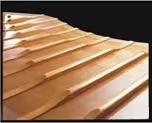
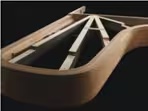
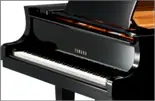
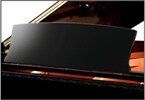
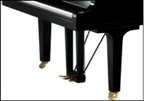
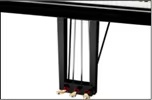
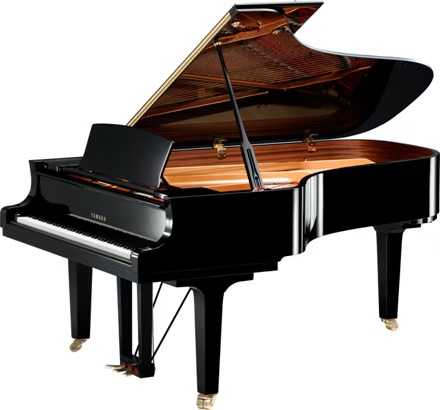
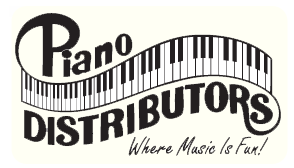

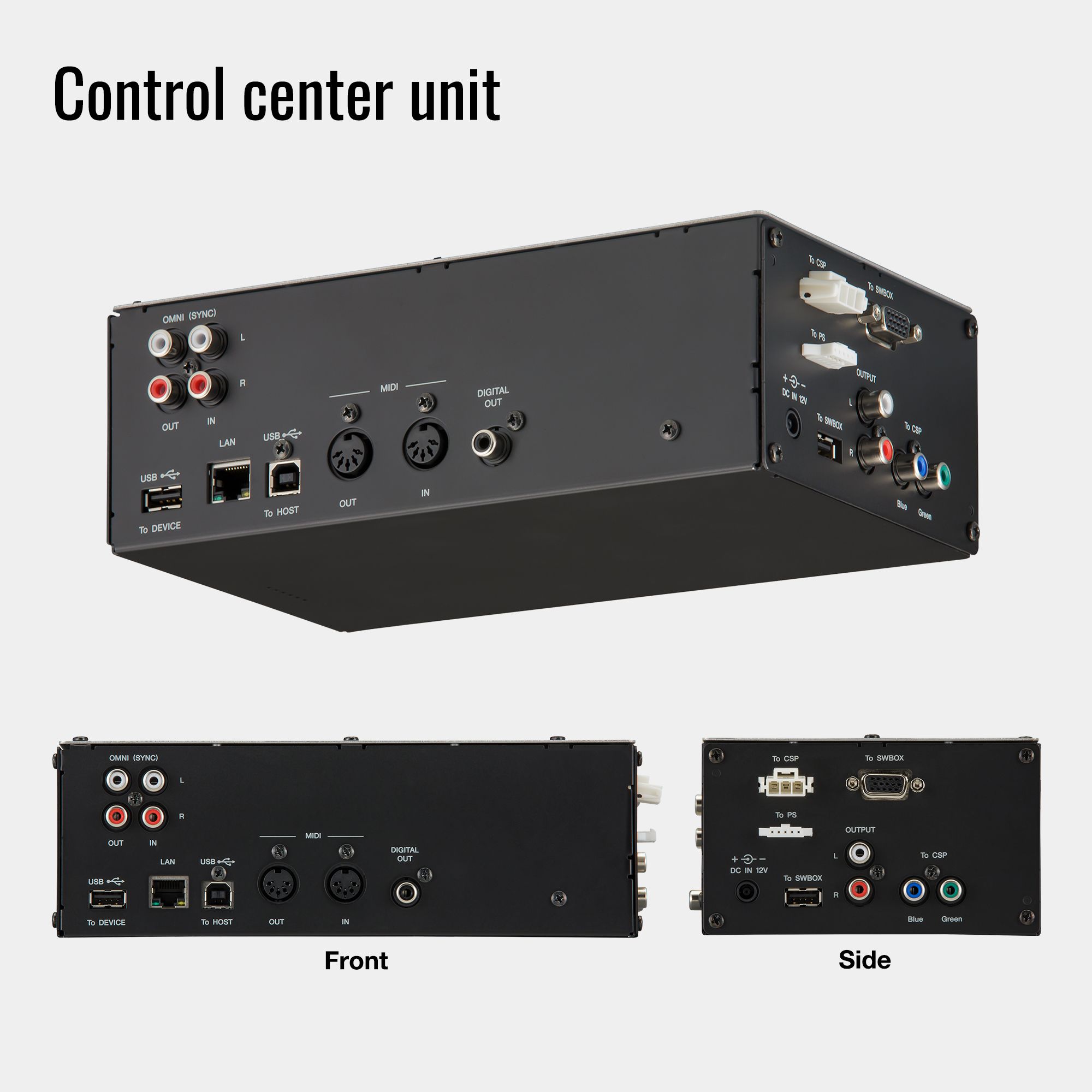
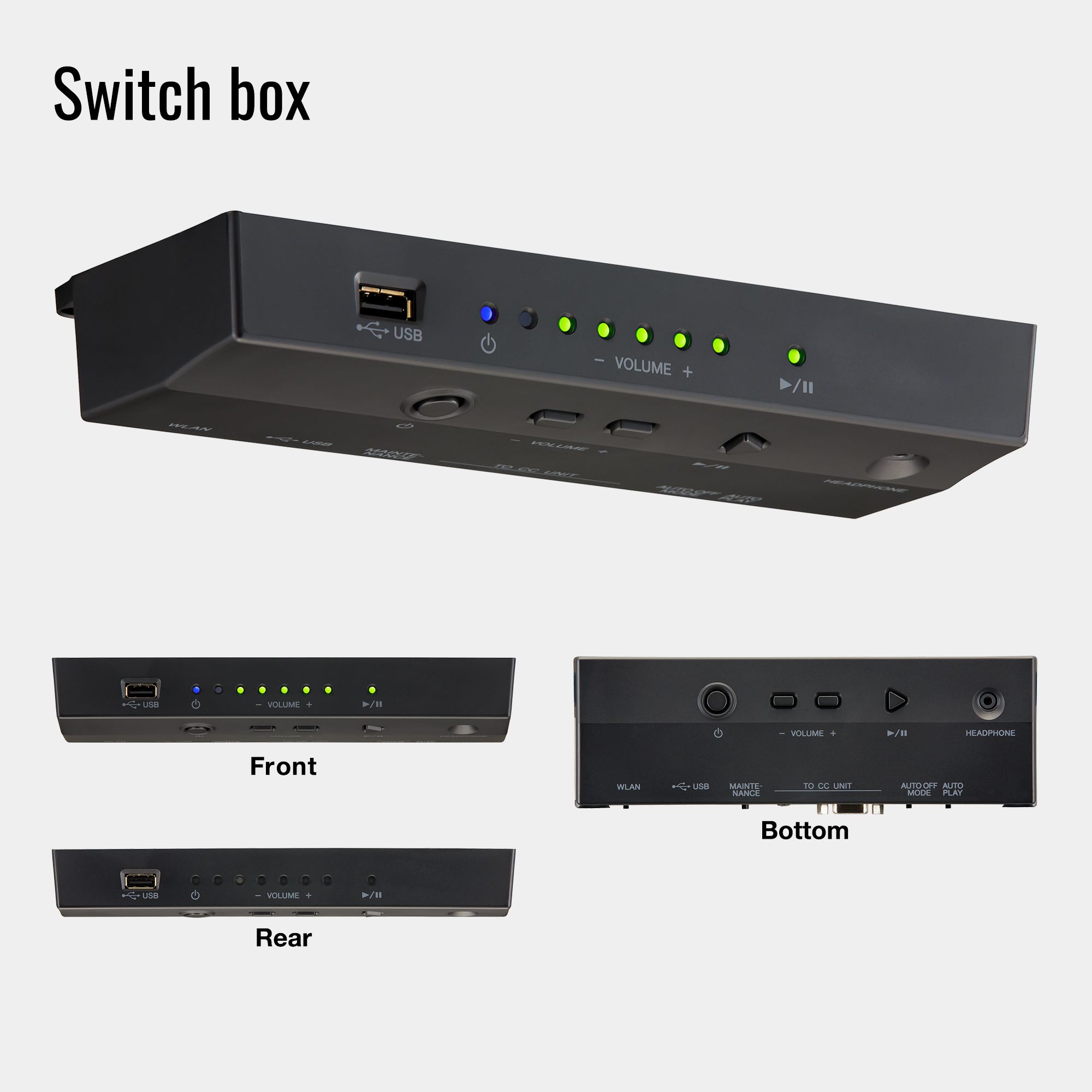
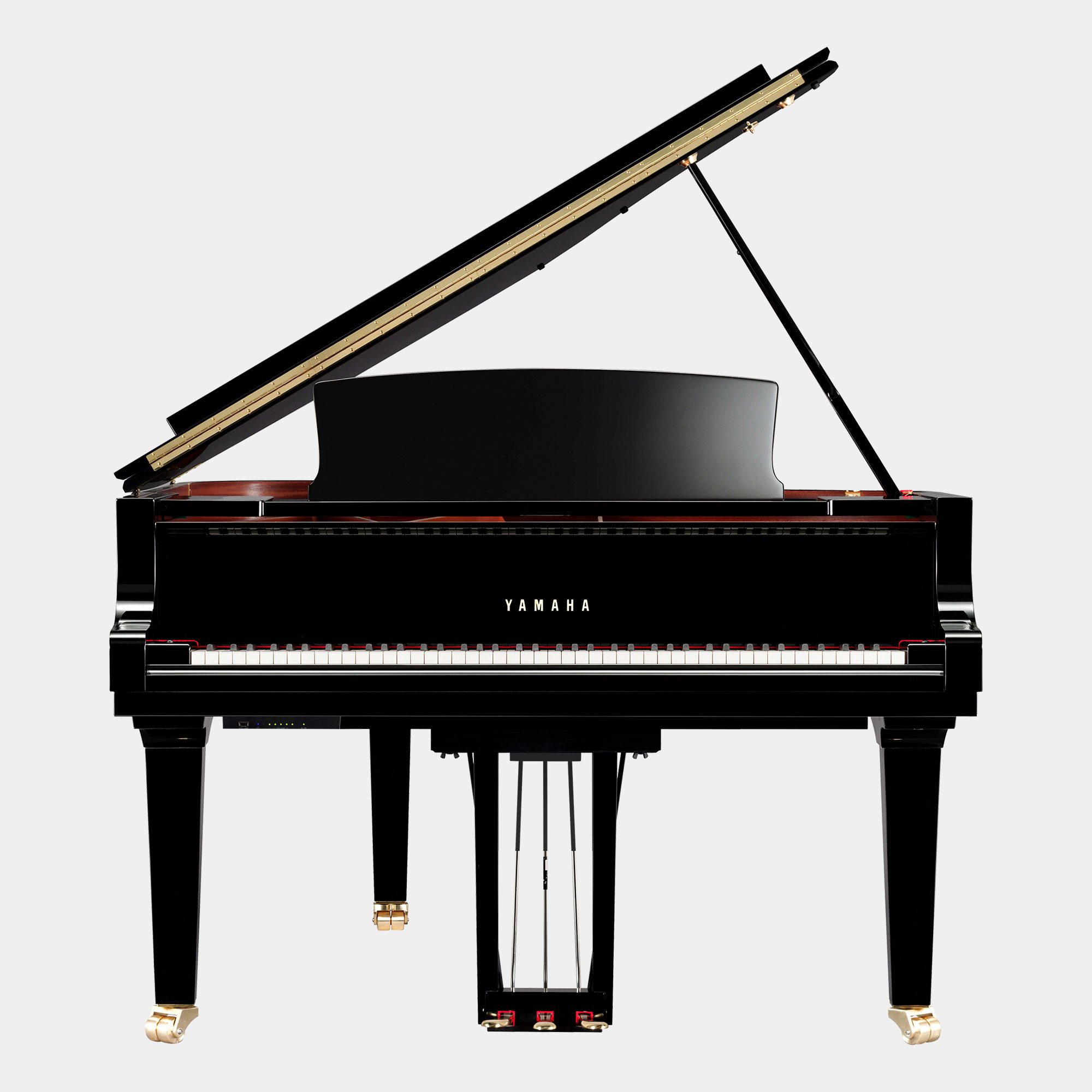
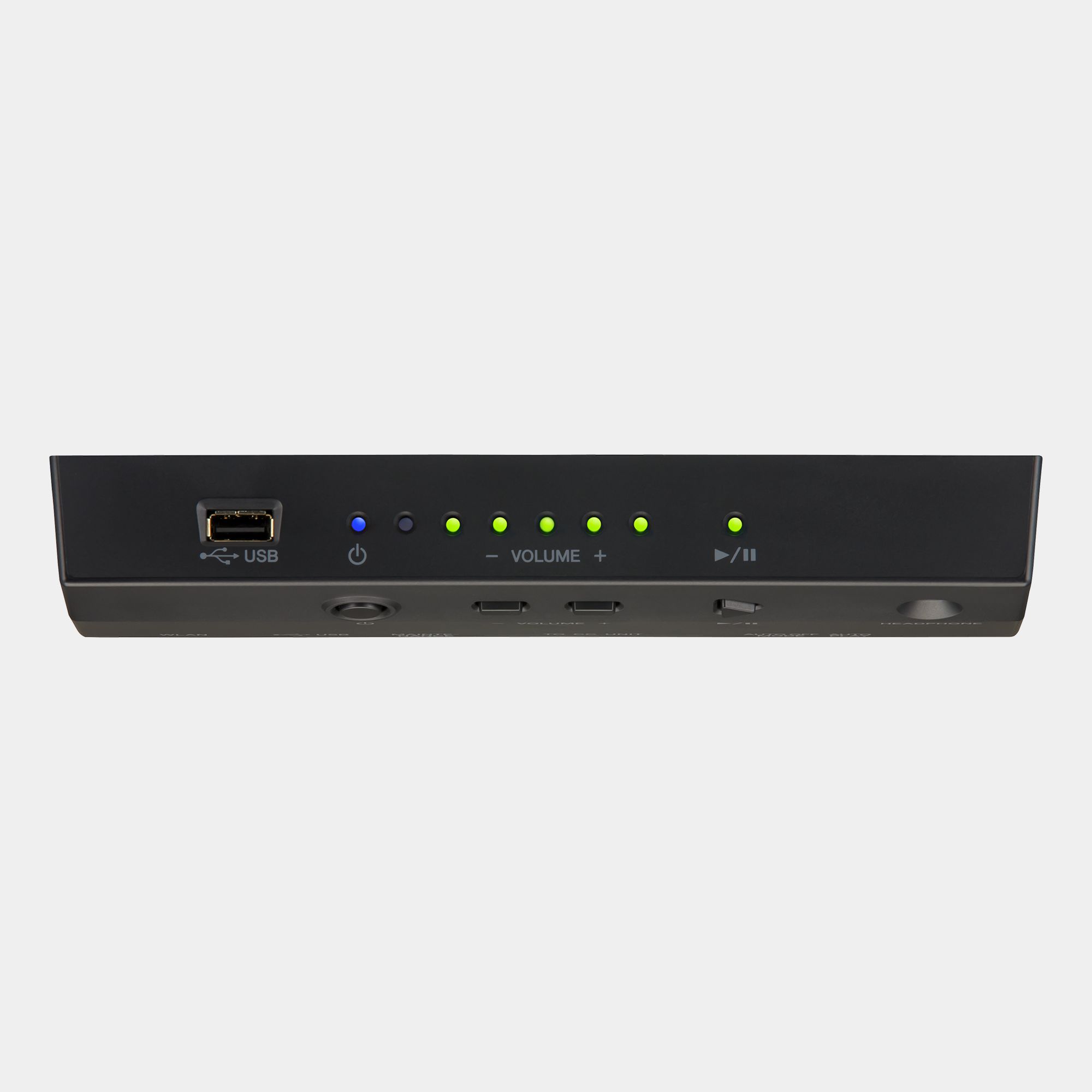

 If you buy a bad piano, and your child gets good, can you really tell? This is a funny line, but the truth is it is probably worse. The student with an inferior instrument is going to be discouraged if what he or she hears is not that good. Also, If you have a quality piano teacher and your child takes lessons for 4 or more years, the cost is something like this: $150 times 12 equals $1,800 per year and this times 4 years equals $7,200. Why would you not get the best piano you can to take advantage of these years making both student and teacher happy.
If you buy a bad piano, and your child gets good, can you really tell? This is a funny line, but the truth is it is probably worse. The student with an inferior instrument is going to be discouraged if what he or she hears is not that good. Also, If you have a quality piano teacher and your child takes lessons for 4 or more years, the cost is something like this: $150 times 12 equals $1,800 per year and this times 4 years equals $7,200. Why would you not get the best piano you can to take advantage of these years making both student and teacher happy.
